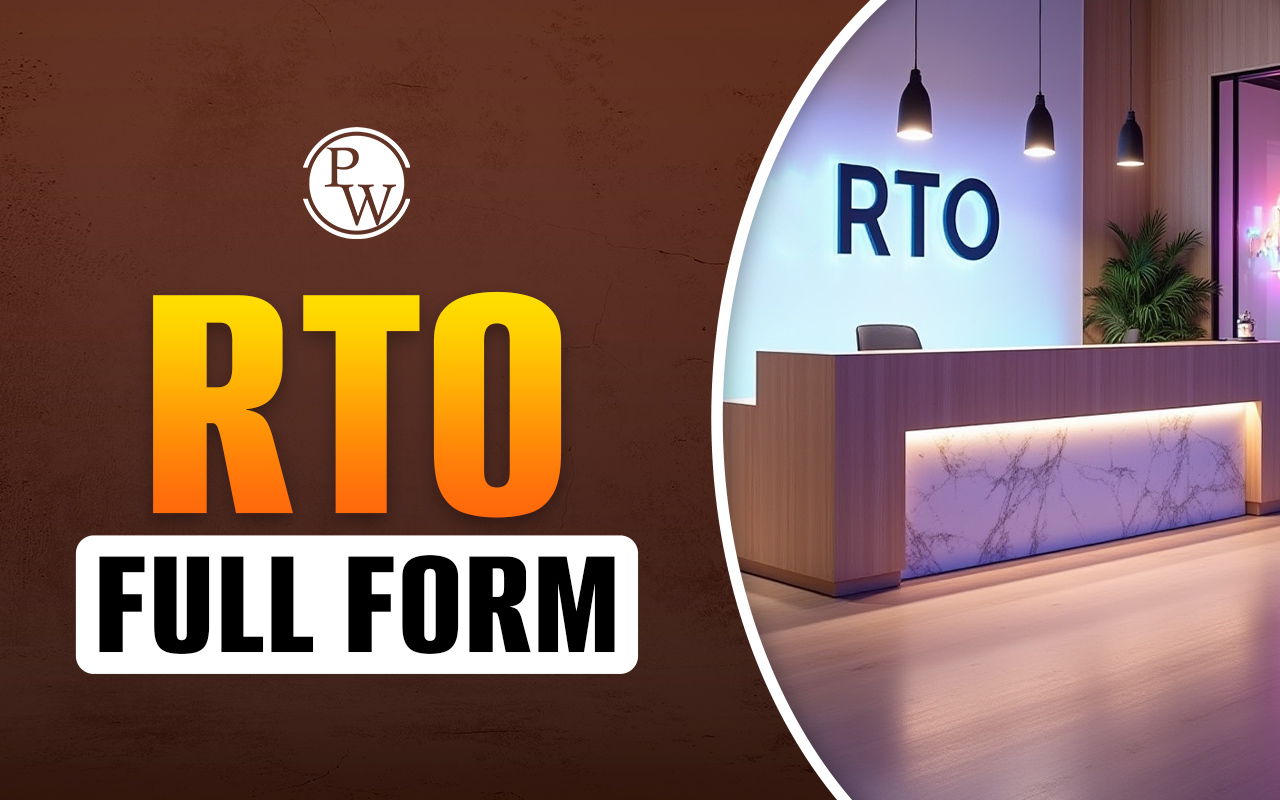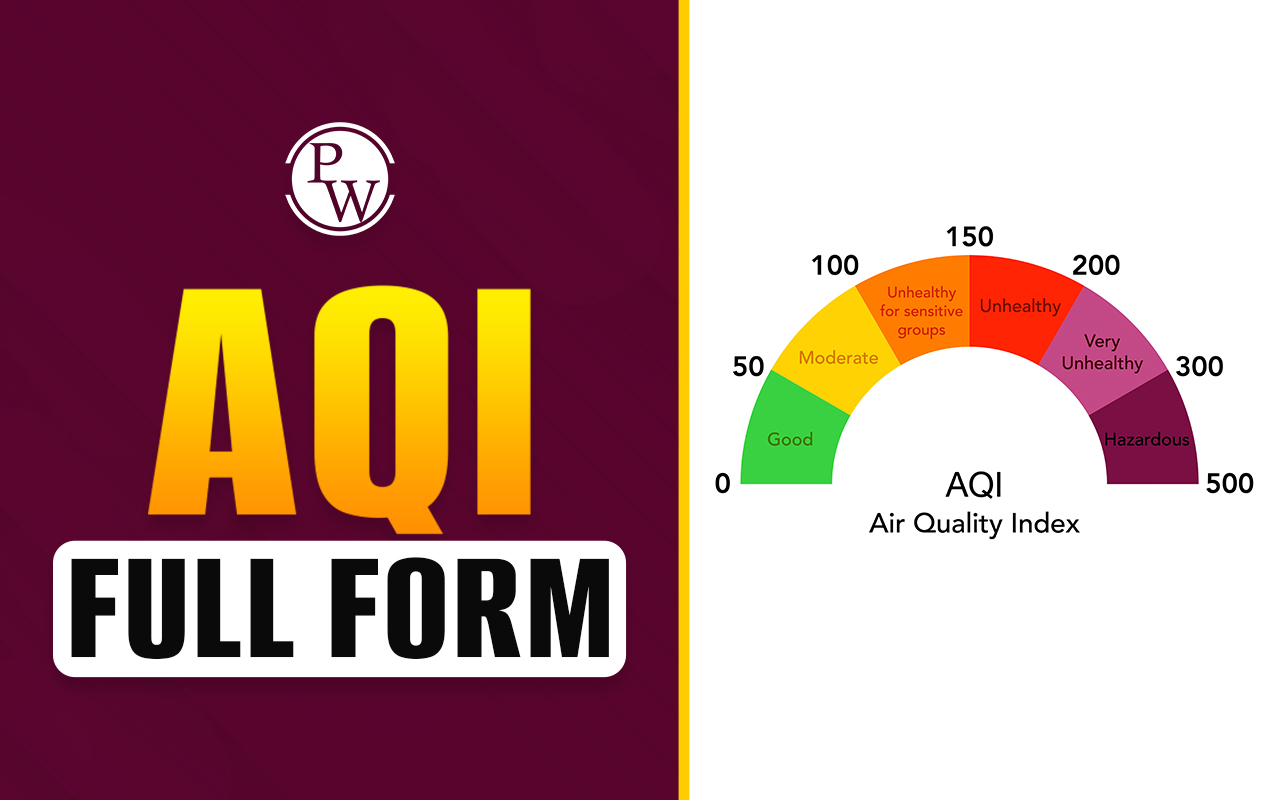

The full form of NIC is "Network Interface Card." It is a hardware component that is installed in a computer for connecting it to a network. It can be both an internal as well as external element. It can be either installed into the motherboard internally or connected to a computer with a USB. So, NIC connects computers and the network and helps in exchanging data.
In other words, a network interface card (NIC) is hardware without which a computer cannot connect to a network. The NIC is also known as a "network adapter" or "LAN adapter." Most computers and network servers use NIC cards for better data communication.
What is NIC?
A network interface card (NIC) is a hardware or a circuit installed in the computer to connect it to a network. It uses the physical layer circuitry to interact with a data link standard like Wi-Fi. Also note that a card can both transmit information and manage its flow. The process is done by allocating a separate Media Access Control (MAC) address for a computer. It actually works as an identifier on the network.
How Does a NIC Card Work?
The NIC card can deliver data packets at the network layer and transfer signals at the physical layer. As we mentioned that a NIC acts as a middleman for a server and a data network let us see how it works. When the user searches for any web page, the card takes the information from the device and delivers it to the server through the Internet. In response, it collects the required data from the Internet and gives it to the users.
Types of NIC
Let us learn about the types of network interface cards. There are different types of NIC cards available. It includes Ethernet NICs, Wireless NICs, and Fibre Channel NICs. Ethernet NIC uses copper cables for connection with a network. In contrast, Wireless NIC uses radio waves to connect to the network. On the other hand, Fibre Channel NIC uses fibre optic cables for connection. Let us understand them in more detail.
Ethernet NICs - It was created by Robert Metcalf in the year 1980. It uses copper cables to connect. These are usually used in servers, routers, and desktops. It gives high-speed data of 10 Gbps and also makes it suitable for a variety of applications at home as well as in business. It is also used for gaming and video conferencing. Some examples of Ethernet NICs include PCI Ethernet NICs, Integrated Ethernet NICs, Gigabit Ethernet NICs etc.
Wireless NICs- Since wireless analysis uses radio waves, they do not need cable to connect to a network. It is the NIC that is used to make a Wi-Fi connection. It is able to communicate over a wireless connection and connect a local area network to the internet. Some examples of Wireless NICs include internal Wi-Fi cards, USB Wi-Fi adapters, Wi-Fi 6 Adapters etc.
Fibre Channel NICs- This NIC uses the Fibre Channel protocol to give a high-speed connection to the storage system and computer. As it provides very high-speed data, it is used to transfer large data. Moreover, they also support multiple concurrent data transfers, as well as data protection. Thus, they are actually reliable. Some examples of Fibre Channel NIC includes Fibre Channel Host Bus Adapters (HBAs), Fibre Channel Router NICs etc.
Components of a NIC
Now, let us talk about the components of a NIC card. Usually, the components are dependent on the type of NIC and the manufacturer. But these are some of the primary components of a NIC card-
- Media Access Control Chip - The Media Access Control chip or the MAC chip allocates a separate MAC address to the computer and manages the flow of data between the computer and the network.
- Transceiver- It is the component that is responsible for converting electrical signals to digital signals that are laterally transmitted through the network and vice versa.
- Connecters- As the name suggests, it helps in connecting to a network. While Ethernet NIC uses RJ-45 connectors, a Fibre Channel NIC uses SC or LC connectors to connect to a network.
- Integrated circuit- The Integrated circuit or the IC is the main component that performs the majority of functions. It actually includes MAC chips, buffers, bus interfaces and power management circuits.
- Memory- Some NICs come with onboard memory, such as buffer memory, which helps to store incoming data temporarily before it is processed by the computer.
- LED indicators- LED indicators are useful for determining whether the network card and the network are connected. Moreover, it also indicates data transfer and other errors.
- Power Management Circuit: In a NIC, the power management circuit helps to regulate power consumption and also reduces power usage when the NIC is not in use.
Advantages and Disadvantages of a NIC card
Now, let us talk about the advantages and disadvantages of a Network Interface Card (NIC).
Advantages of a NIC card
- NIC is reliable as well as it gives a faster and more secure connection.
- It provides high communication speed.
- It is not so expensive.
- It helps in sharing large data among many users
- It can connect with nearby devices with the help of ports.
- It provides easy troubleshooting.
Disadvantages of a NIC card
- It is not that convenient as compared to wireless cards.
- It needs a proper configuration to work properly.
- It requires a hard-wired connection.
- The data inside the NIC card is not safe.
[wp-faq-schema title=" Full Form of NIC FAQs" accordion=1]
What are network interface cards used for?
Are network interface cards still used?
Do modern computers have network cards?












